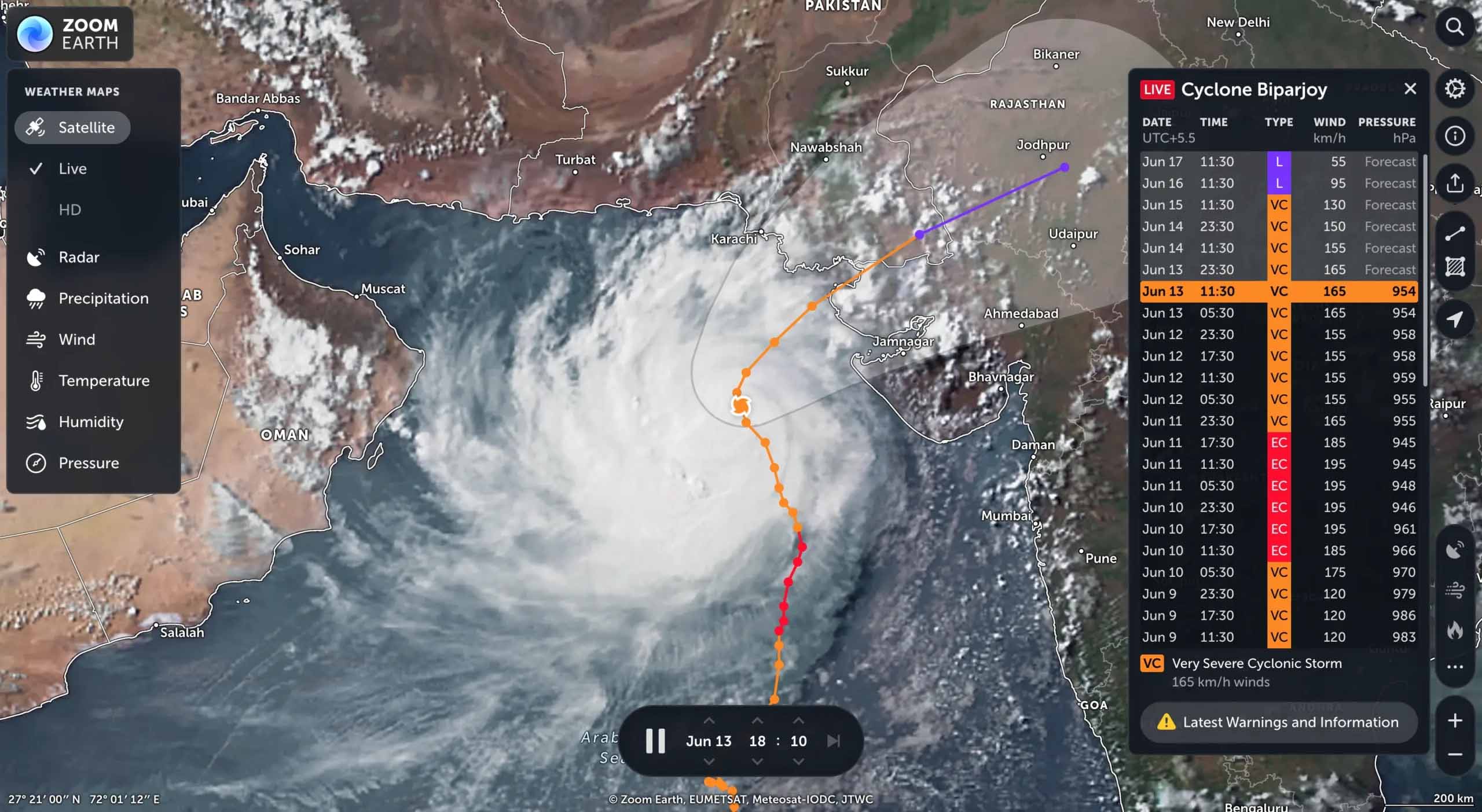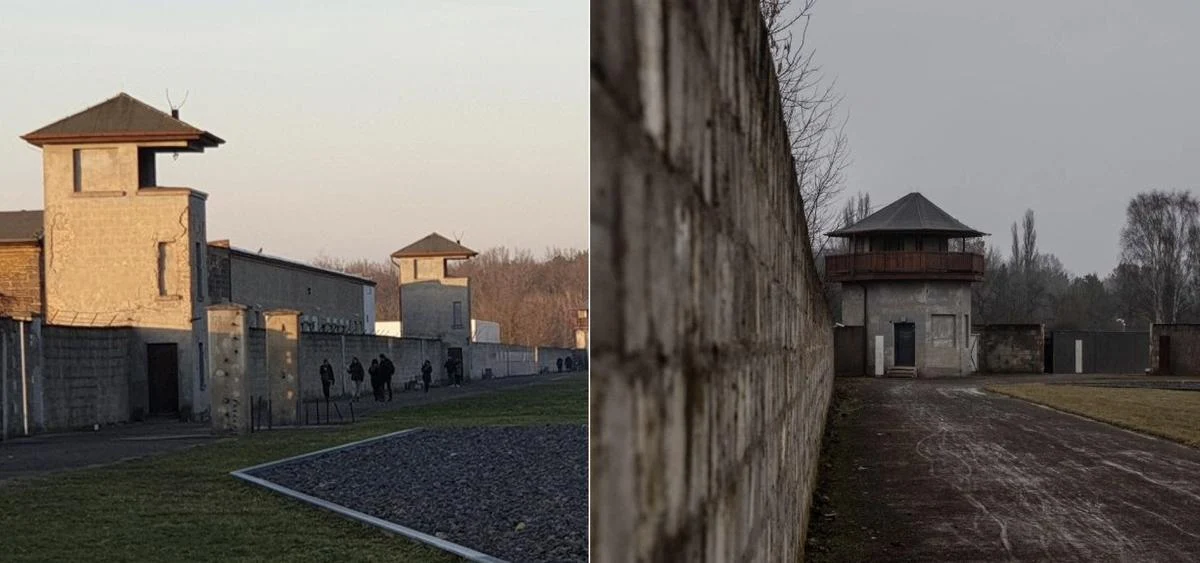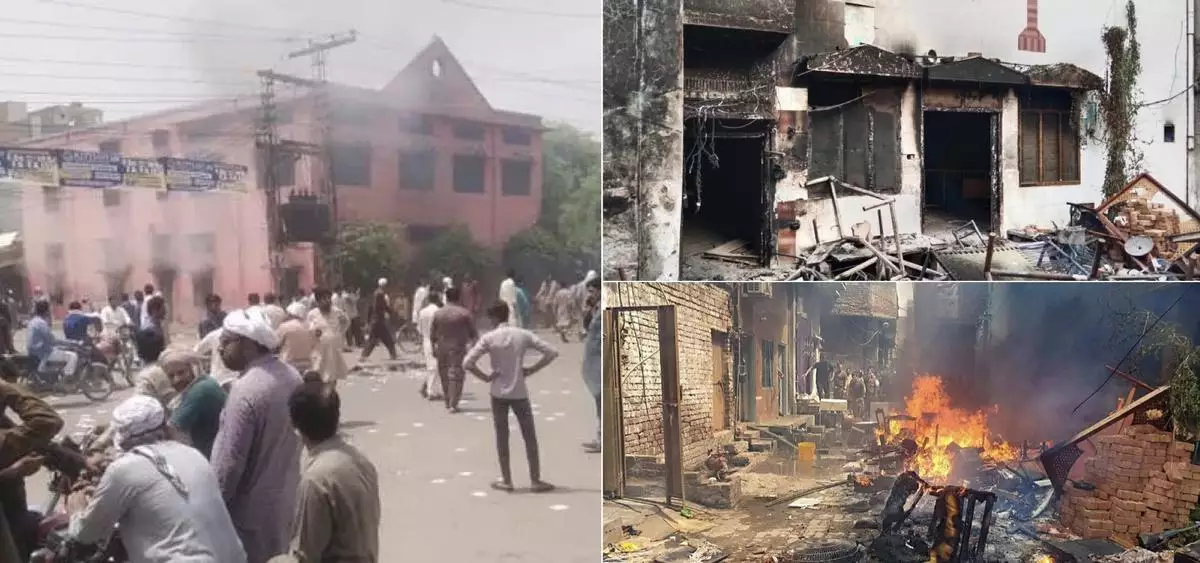As Cyclone Biparjoy draws near, India and Pakistan are on high alert, with evacuations and precautionary measures being implemented to protect their coastal regions from the anticipated destructive force of the storm.

Image Credit: Zoom Earth
India and Pakistan are bracing for the arrival of Cyclone Biparjoy, the first powerful cyclone of the year, which is set to impact their western and southern coasts. Here is what we know so far about the cyclone and the preparations being made in both countries:
Cyclone Biparjoy is expected to make landfall in Pakistan’s southern Sindh province and along the coastline of India’s western state of Gujarat. The cyclone will likely affect Karachi, Pakistan’s largest city, as well as the major ports of Mundra and Kandla in Gujarat, among other areas. The Indian Meteorological Department predicts that the cyclone will hit the coasts of both countries on Thursday evening.
Classified as a very severe cyclonic storm, Cyclone Biparjoy is projected to have a maximum sustained wind speed of 125–135 km/h (78–84 mph), with gusts reaching up to 150 km/h (93 mph). Tragically, the cyclone has already caused fatalities in India, even before making landfall. High waves, heavy rainfall, and strong winds have resulted in the uprooting of trees, wall collapses, and drowning incidents.
India has taken tremendous precautions in advance of the cyclone’s arrival. Thousands of people have been evacuated from coastal locations, and fishing operations have been banned in Gujarat until Friday. For rescue efforts, the state government has dispatched 21 National Disaster Response Force teams and 13 State Disaster Response Force teams. Major ports have ceased operations, including Kandla and Mundra, and Reliance Industries, while Adani Ports has discontinued its export and vessel operations, respectively. The Indian Coast Guard has also carried out evacuations from an oil rig off the coast of Gujarat.
In Pakistan, efforts are underway to evacuate over 80,000 individuals residing in the path of the cyclone. The Sindh Chief Minister has declared an emergency and mobilized the army to assist with relocation. Authorities have issued evacuation orders through various channels, emphasizing the urgency of the situation. Mud and straw homes, typically occupied by the poorest in Pakistan, are especially at risk of disintegration during the cyclone.
Coastal communities in Sindh province are expected to endure heavy rainfall of up to 30 cm (12 inches) and storm surges reaching heights of 3.5 meters (12 feet), which may lead to flooding in low-lying settlements. Karachi, the largest city in Pakistan, will also face strong winds, dust storms, and thunderstorms. Precautionary measures, such as the removal of billboards, evacuation of vulnerable buildings, and suspension of construction activities, are being implemented in the city.
The impending cyclone serves as a stark reminder of the effects of climate change. Prime Minister Shehbaz Sharif of Pakistan noted that these extreme weather events are undoubtedly linked to climate change. The region has experienced devastating cyclones in the past, such as the 1999 Keti Bandar cyclone in Pakistan and the 1998 cyclone in Gujarat, India, which caused significant loss of life and damage.
While the cyclone has delayed the onset of the monsoon season in southern India, it is expected to bring much-needed rainfall to regions in Maharashtra, Karnataka, Andhra Pradesh, and Tamil Nadu states.
As Cyclone Biparjoy approaches, both India and Pakistan are working diligently to minimize the potential impact on their coastal communities. The priority remains ensuring the safety and well-being of the residents in the cyclone’s path as these nations unite in their efforts to cope with the impending natural disaster.
Stay connected with Today On Globe for the latest Global Issues and News Updates.
Explore more related articles at [TOG News / TOG Article]













